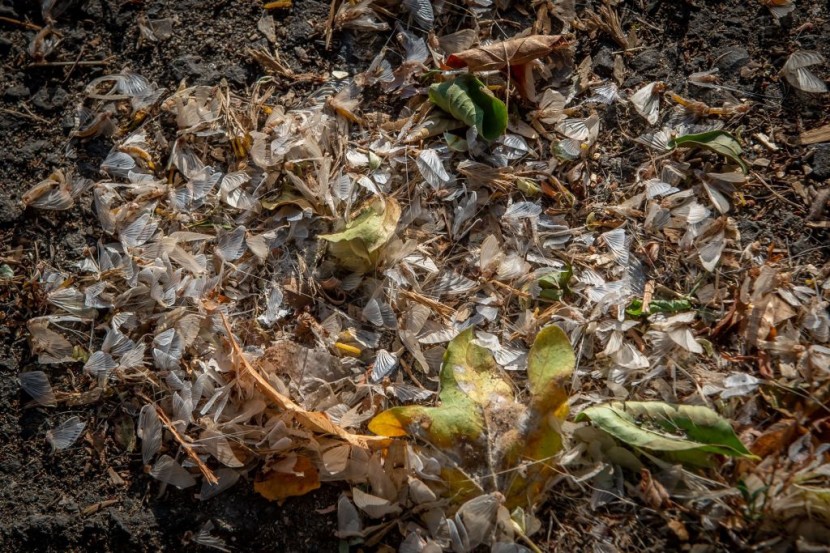According to researchers, dead flies could be converted into biodegradable plastic.
The discovery, which was made at the American Chemical Society's (ACS) autumn meeting, may be helpful because it can be challenging to locate sources for biodegradable polymers that are not also being used for other purposes, according to The Guardian.
One of their colleagues that she makes use of the leftovers from raising black soldier flies. In addition to being developed for animal feed, fly larvae also break down garbage since they contain proteins and other nutritive substances.
Adult flies, on the other hand, have a shorter lifespan and are less valuable. The Wooley team has been attempting to use these corpses to turn waste into valuable products.
The scientists discovered that the primary component of flies is chitin, a sugar-based polymer that hardens the exoskeletons of insects and crustaceans.
Chitin extraction already takes place using the shells of shrimp and crabs. The chitin powder from flies appeared to be purer than that from crustaceans, according to researchers, and getting chitin from flies might allay worries about some seafood allergies.
Read also: 90 Percent Of Birds Eat Plastic, Study Finds
A Hydrogel From Fly Products
The scientists developed a hydrogel using fly products that can quickly absorb 47 times its weight in water. This substance could be incorporated into farmland soil to retain rainwater during droughts and slowly release it during floods.

The researchers are hopeful that they will soon be able to produce bioplastics from the fly, such as polycarbonates or polyurethanes, which are typically generated from petrochemicals. These plastics won't add to the issue of plastic pollution.
The Problem With Plastic Pollution
Plastic pollution is a major environmental problem that is causing harm to wildlife, ecosystems, and human health. It is estimated that over 8 million tons of plastic waste enter the oceans every year. This plastic can be found in every ocean on Earth, and it is having a devastating impact on marine life.
It can kill marine animals in a number of ways. Animals can become entangled in plastic debris, which can cut them or prevent them from swimming or feeding.
They can also ingest plastic, which can block their digestive systems and lead to starvation. In addition, plastic can absorb toxins from the environment, which can then be passed on to marine animals when they eat it.
Plastic pollution is also harming marine ecosystems. Plastic can break down into small pieces called microplastics, which can then be ingested by plankton and other small organisms. These microplastics can then move up the food chain, eventually reaching humans. Microplastics have been found in the bodies of fish, shellfish, and even humans.
Related article: New Plastic-Eating Bacteria Could One Day Solve Pollution Problems








